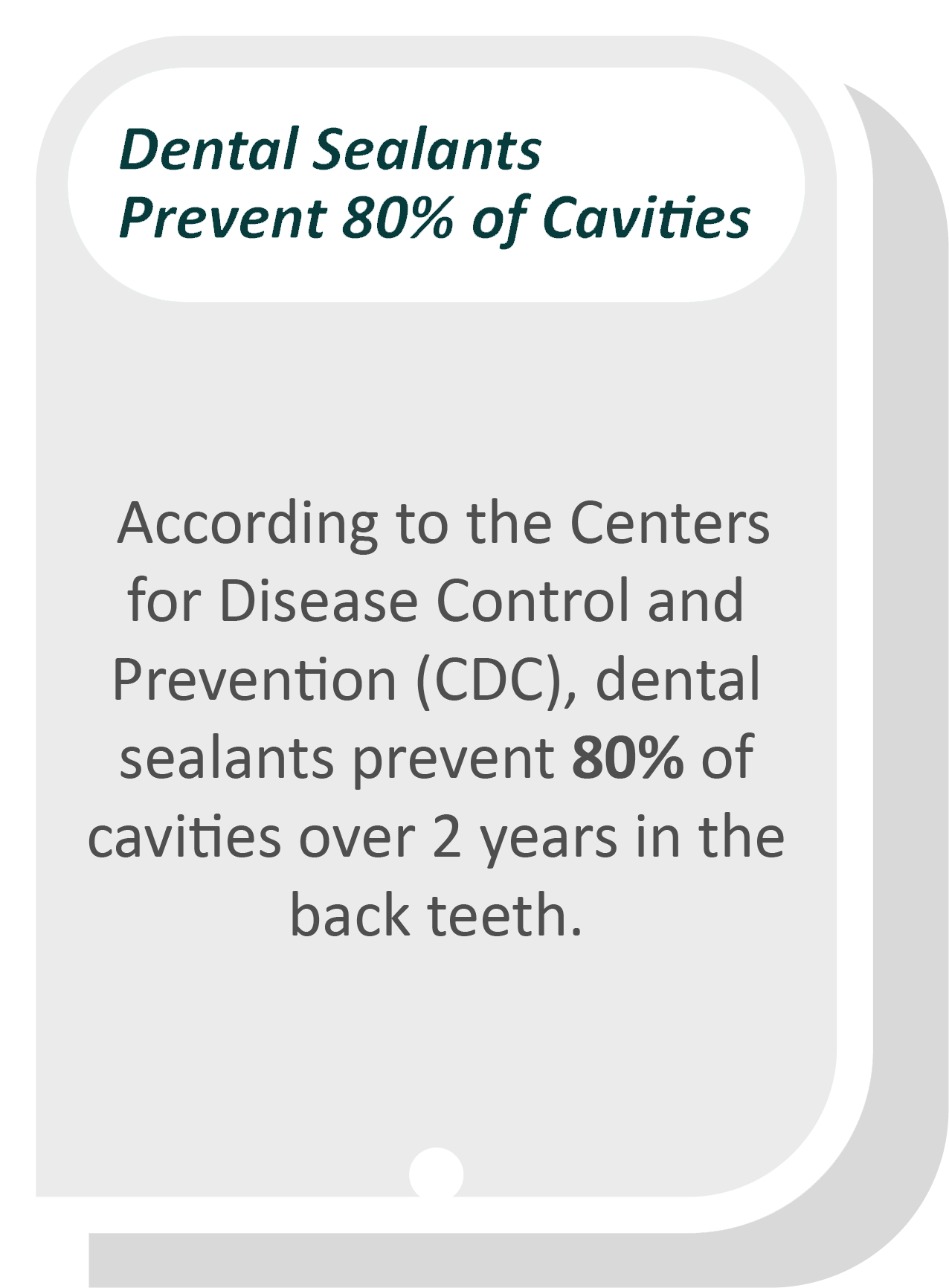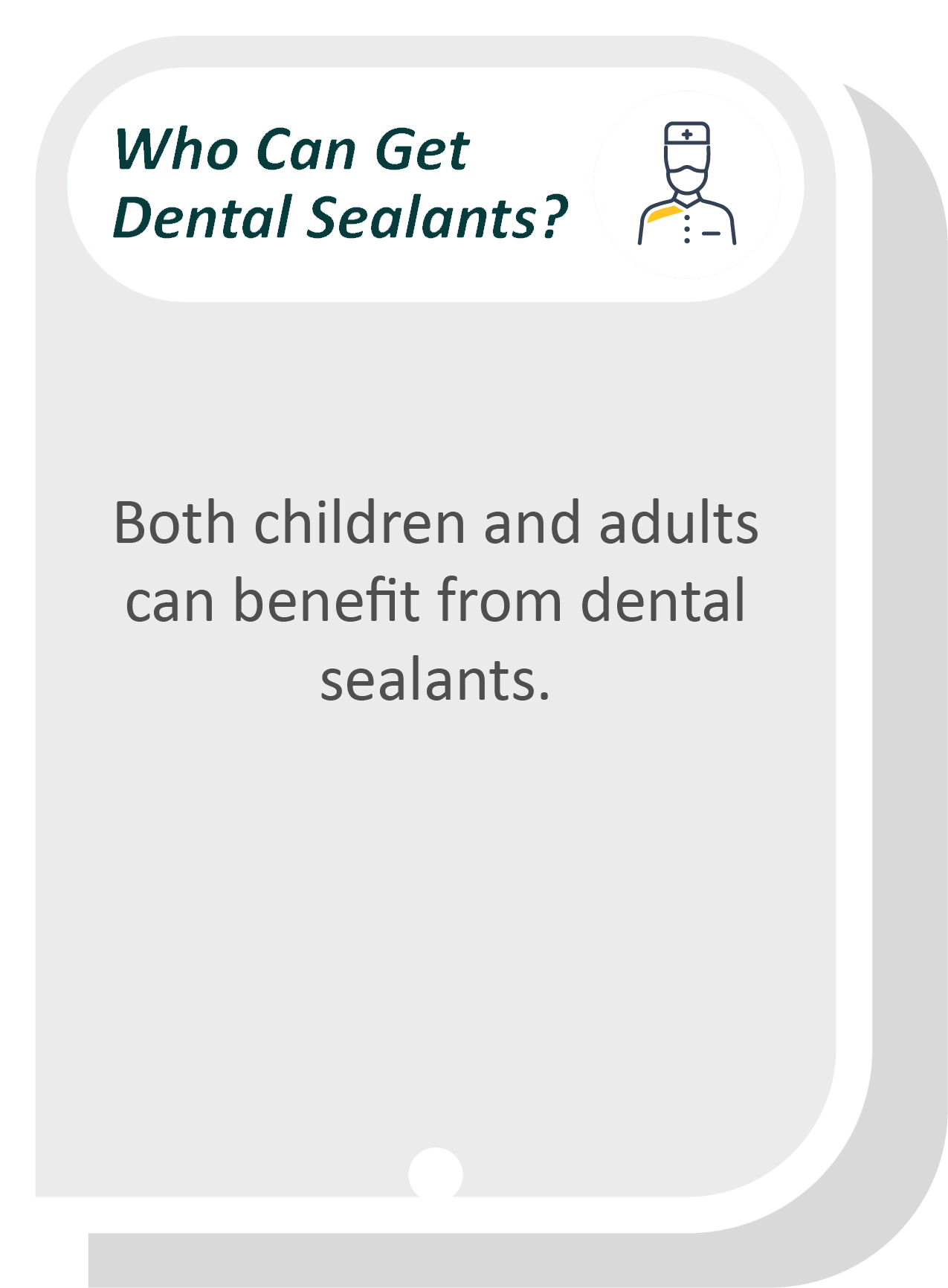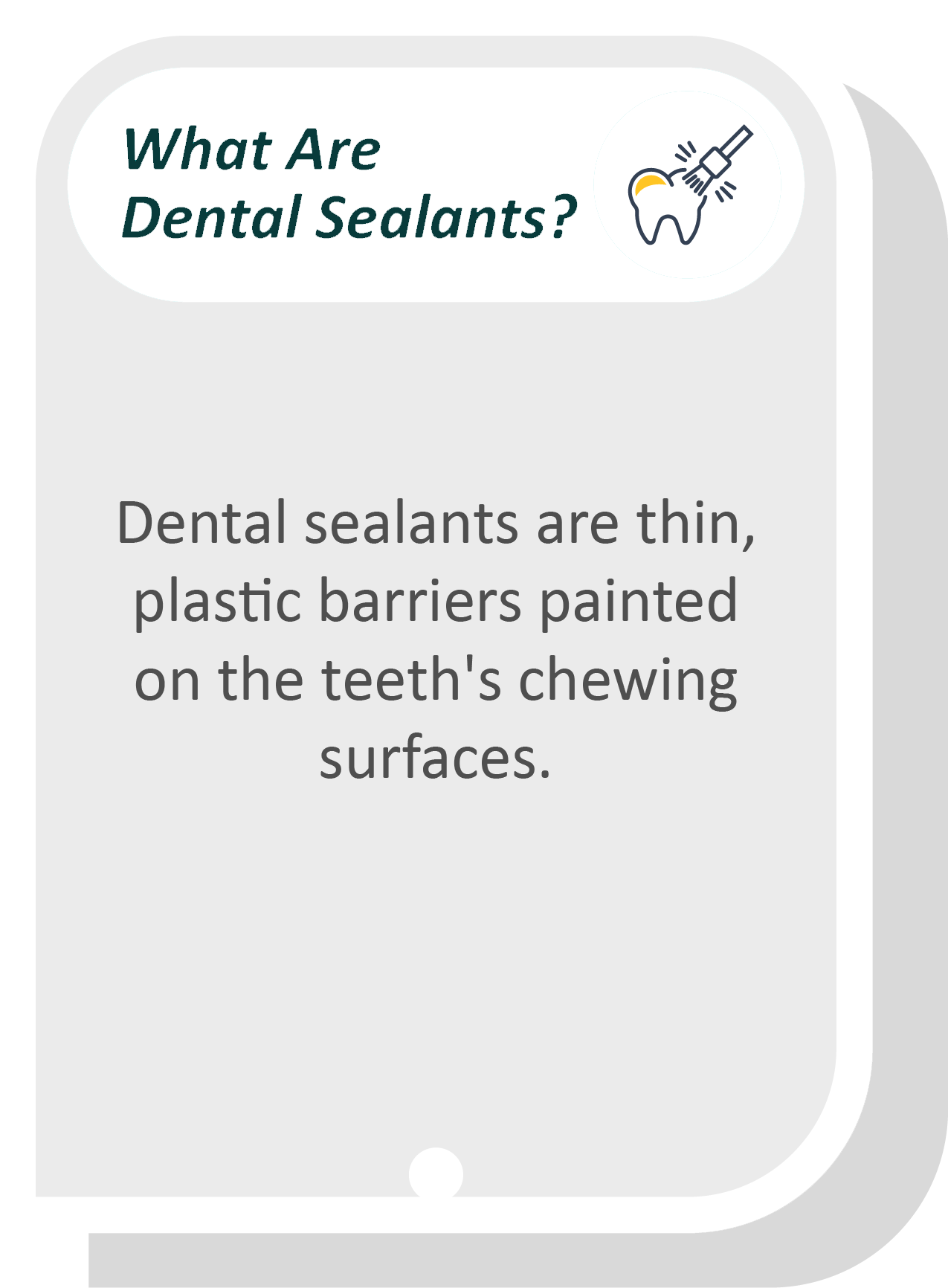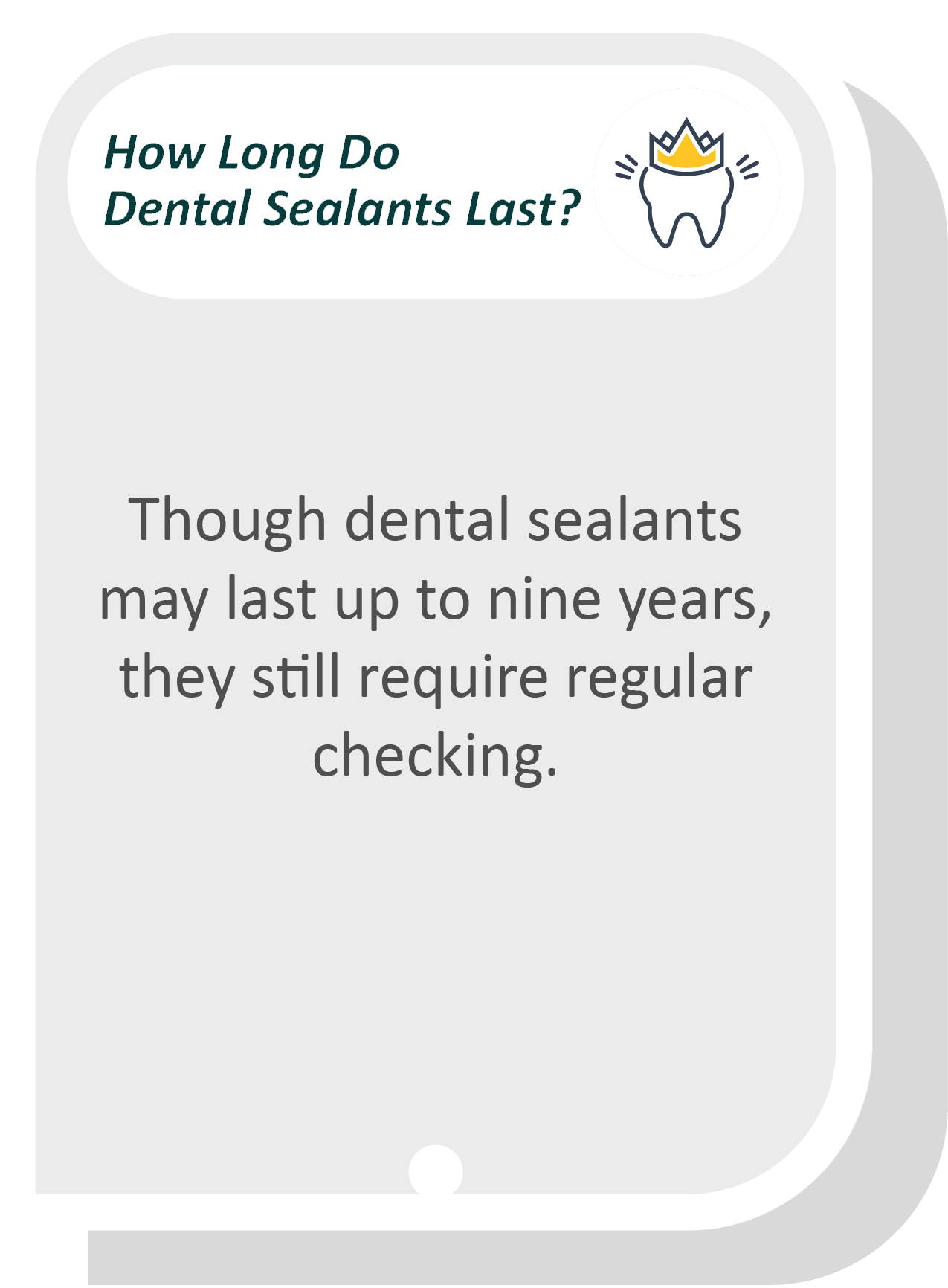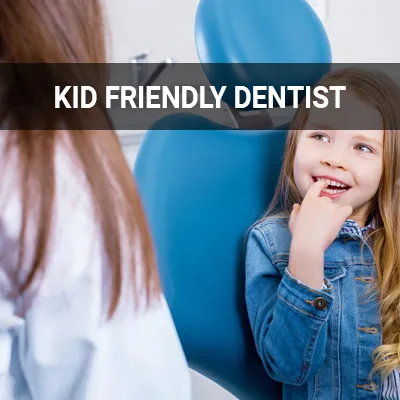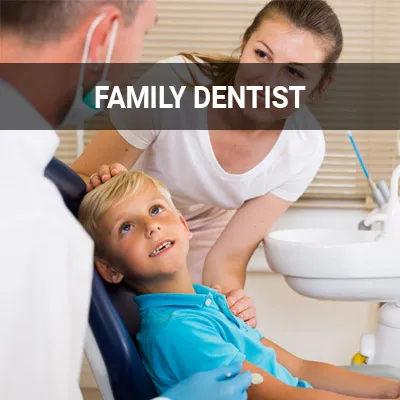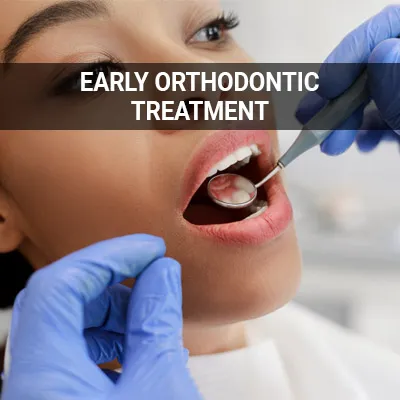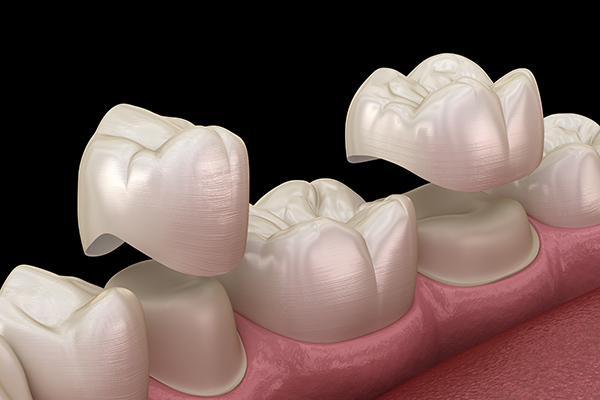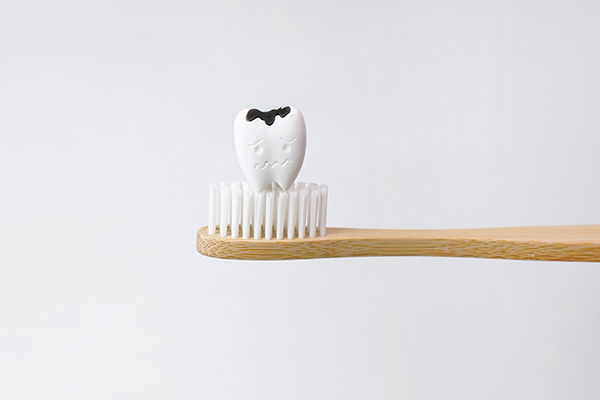Dental Sealants Downey, CA
Bacteria love to find all the nooks and crannies in teeth, especially in the back teeth used to chew. In addition to brushing and flossing, dental sealants provide another layer of protection. This thin plastic coating fills and adheres to the chewing surface of the teeth to help prevent cavities.
Dental sealants are available at Amir Sanjabi Dental in Downey and the surrounding area. Our staff can discuss the procedure and answer any questions. Call us at (562) 399-9243 to learn more and schedule an appointment.
Understanding Dental Sealants
While brushing and flossing are integral to maintaining oral health and preventing cavities, some teeth have uneven surfaces that can be difficult to clean. Dental sealants are a beneficial addition to a comprehensive cavity management approach. These thin plastic coatings cover the surfaces of children's teeth and act as a protective barrier against debris, acid, and plaque.
Although dental sealants are not a replacement for a good oral hygiene routine, they can stop cavities from forming and even prevent early dental decay stages from developing into a cavity. The application of dental sealants can protect patients against 80% of cavities for two years and protect against 50% of cavities for up to four years, according to the Centers for Disease Control and Prevention (CDC). Sealants are a quick and painless preventative measure to protect children's oral health and prevent the need for more invasive procedures in the future.
“Although dental sealants are not a replacement for a good oral hygiene routine, they can stop cavities from forming and even prevent early dental decay stages from developing into a cavity.”
The Right Age For Dental Sealants
Children and adults can both benefit from dental sealants. However, the earlier a patient gets dental sealants, the better. Patients can receive dental sealants as soon as their permanent molars erupt. The first set of molars typically erupt around age six or seven, while the second set usually comes around age 12 or 13.
We recommend sealing these teeth as quickly as possible to help teeth remain cavity-free from the beginning. While dental sealants are usually best for permanent molars and premolars, some baby teeth may also benefit from sealants. Baby teeth with many grooves are more susceptible to decay and may require dental sealants to protect them from decay and premature tooth loss.
“Patients can receive dental sealants as soon as their permanent molars erupt.”
Advantages and Disadvantages of Dental Sealants
Dental sealants are a great way to protect teeth against decay. The CDC has reported that children between the ages of six to 11 without sealants have about three times the amount of first molar cavities than children with sealants. Since dental sealants usually cover the teeth at the back of the mouth, they are not visible when speaking or smiling. This simple preventative approach can improve oral hygiene and save patients time and money in the long run by avoiding more costly treatments like fillings and crowns.
While there are many advantages to receiving dental sealants, there are some disadvantages that patients should consider. While sealants can protect healthy teeth or teeth with minor decay, they cannot cover dental fillings or decayed teeth. People should also consider durability, as dental sealants are not a permanent solution to decay prevention. Sealants will wear down over time, necessitating replacement after about five years. However, when placed correctly, some sealants can last up to nine or 10 years.
“This simple preventative approach can improve oral hygiene and save patients time and money in the long run by avoiding more costly treatments like fillings and crowns.”
Check out what others are saying about our dental services on Yelp: Dental Sealants in Downey, CA
The Application Process
The process of applying dental sealants is quick and painless. Before we can apply the sealants, we must first thoroughly clean and dry the tooth. After, an acidic gel roughens the chewing surface of the tooth to roughen it up.
The roughened surface will create a stronger bond between the tooth and the sealant. Once the tooth is rinsed and cleaned, we will apply the sealants to the tooth enamel and harden it with a curing light. The entire process of applying a dental sealant to a tooth only takes about one minute.
“The entire process of applying a dental sealant to a tooth only takes about one minute.”
Questions Answered on This Page
Q. The key to understanding dental sealants?
Q. What's the right age to get sealants?
Q. What are some of the advantages and disadvantages of dental sealants?
Q. What is the application process for dental sealants?
Q. What are kids' reactions to dental sealants?
People Also Ask
Q. What are composite fillings?
Q. What is involved in the dental cleaning portion of a checkup?
Q. Why should I see a family dentist?
Q. What conditions are treated by a kid friendly dentist?
Kids’ Reactions
Most children can handle receiving dental sealants since the application process is relatively quick and painless, and there are no restrictions afterward. Once their sealant hardens, children are free to eat and drink and resume their normal activities. Dental sealants may feel odd at first, but once children adjust, they will not even notice that they are on their teeth.
While the application process is straightforward, it does require teeth to be clean and completely dry. These standards can be difficult for children with sensitive gag reflexes or an active tongue. In such cases, we may recommend waiting six months to a year to allow greater patient cooperation.
“Dental sealants may feel odd at first, but once children adjust, they will not even notice that they are on their teeth.”
Frequently Asked Questions
Q. Are dental sealants safe?
A. Dental sealants are safe and effective for patients. While some people may be concerned about bisphenol A (BPA) exposure, according to the American Dental Association (ADA), the amount is so minimal that there is no health concern. Patients get more exposure from food, drinks, sunscreen, and cosmetics.
Q. Do dental sealants hurt?
A. Getting a dental sealant does not hurt. Patients may notice the dental sealants on their teeth at first. However, this is temporary as people will adapt to the new feeling and not notice them anymore.
Q. How should I take care of my sealants?
A. Brushing and flossing remain important even when sealants are present. We also recommend that patients avoid chewy, sticky, or hard foods and snacks. Patients with sealants should also have regular dental check-ups to ensure that they are still effective and do not need replacing.
Q. Are there any side effects associated with dental sealants?
A. No. The only known side effect associated with dental sealants is an allergic reaction to the sealant material. This allergy is not common, but patients can have an allergy test beforehand as a precaution.
Q. How do dental sealants look on teeth?
A. Dental sealants are thin plastic coatings that help smooth out the rough surfaces of back teeth. They can be clear, tinted, or white. While sealants can be visible on teeth, they are not usually visible since they are at the back of the mouth.
Dental Terminology
Helpful Related Links
- American Dental Association (ADA). Glossary of Dental Clinical Terms. 2024
- American Academy of Cosmetic Dentistry® (AACD). Home Page. 2024
- WebMD. WebMD’s Oral Care Guide. 2024
About our business, license, and website security
- Amir Sanjabi Dental was established in 2018.
- We accept the following payment methods: American Express, Cash, Check, Discover, MasterCard, and Visa
- We serve patients from the following counties: Los Angeles County
- We serve patients from the following cities: Downey, South Gate, Paramount, Bellflower, Norwalk, Santa Fe Springs, Bell Gardens, Lynwood, Pico Rivera and Whittier
- CA (License #100612). View License Information and Specifics
- National Provider Identifier Database (1992259592). View NPI Registry Information
- Norton Safe Web. View Details
- Trend Micro Site Safety Center. View Details
Back to top of Dental Sealants

